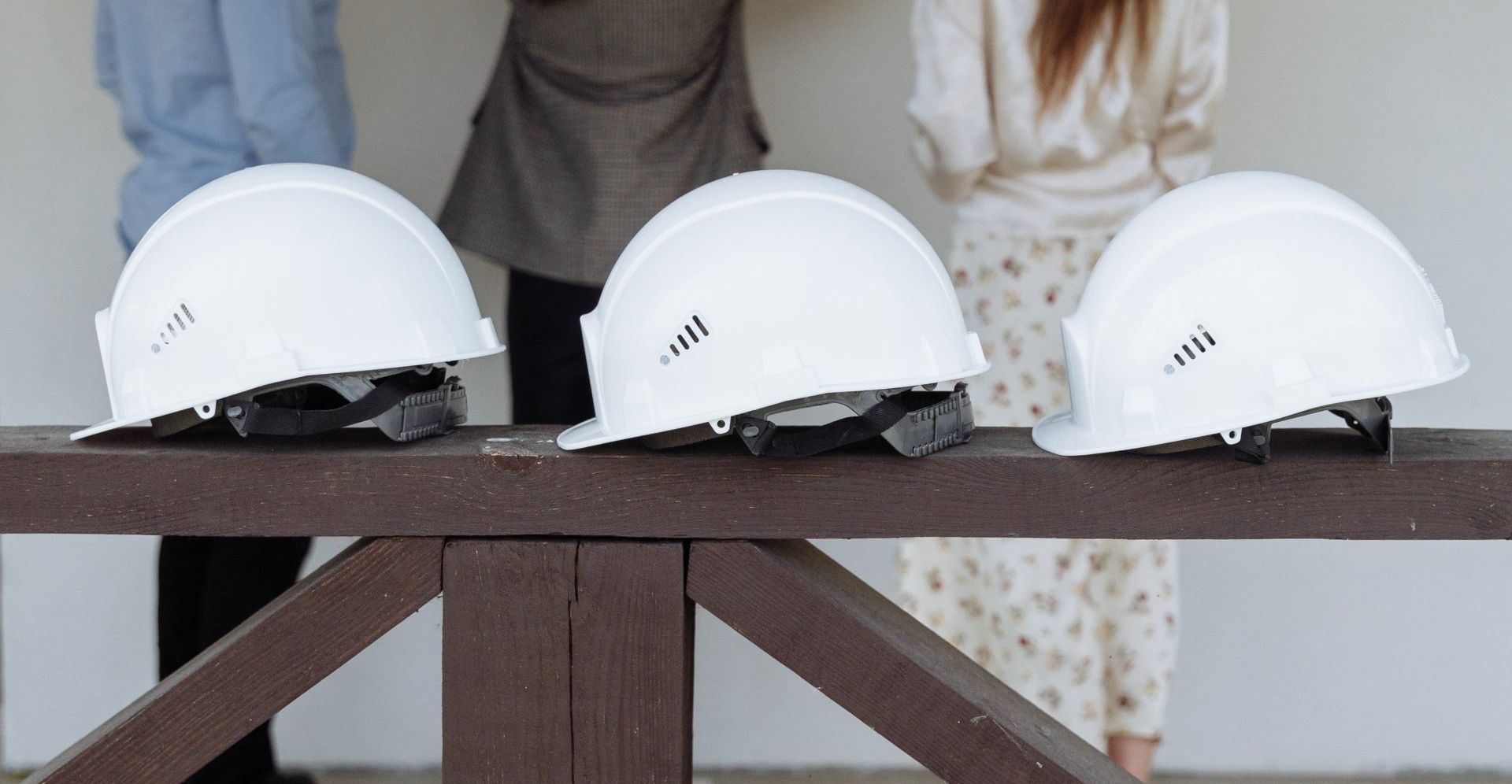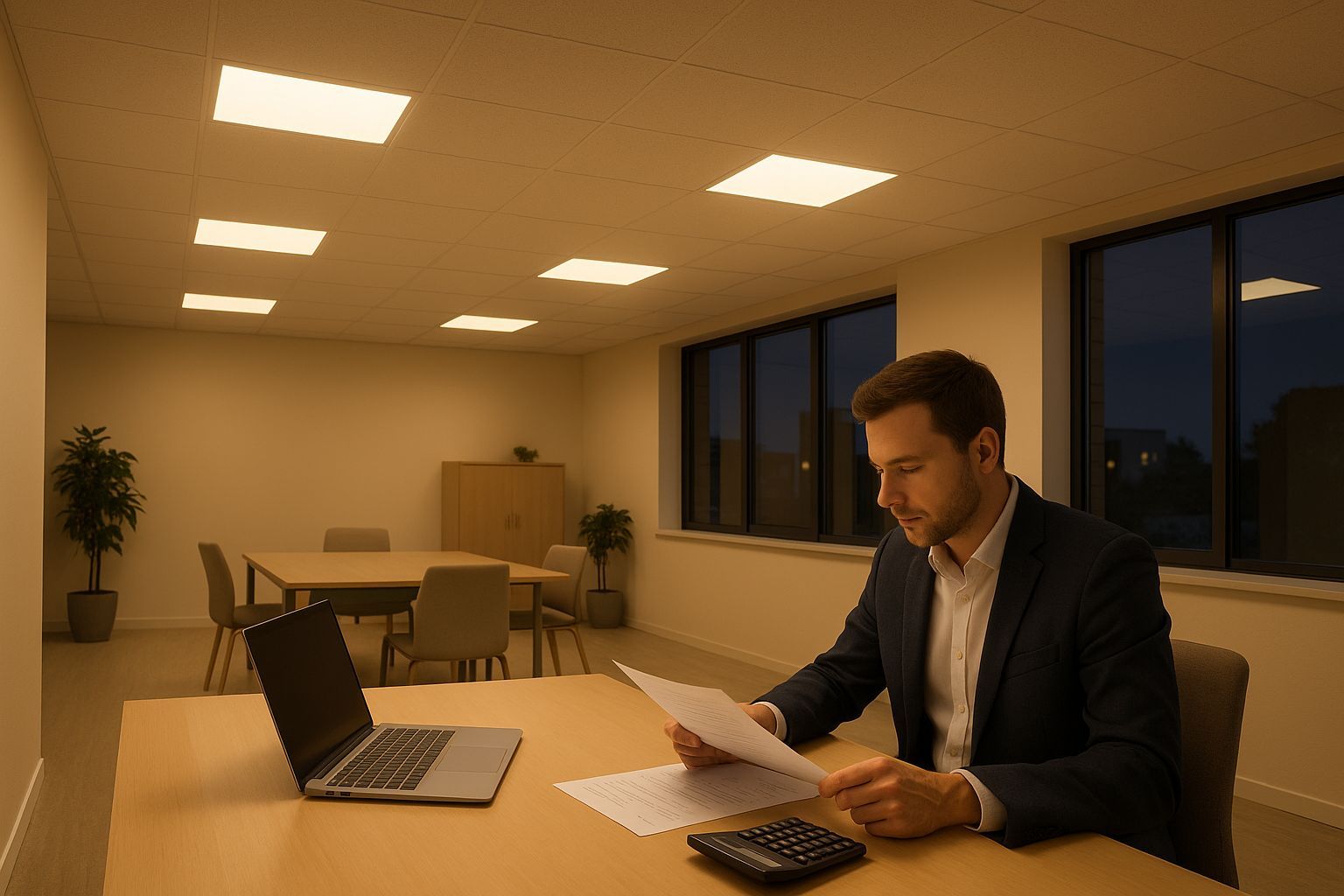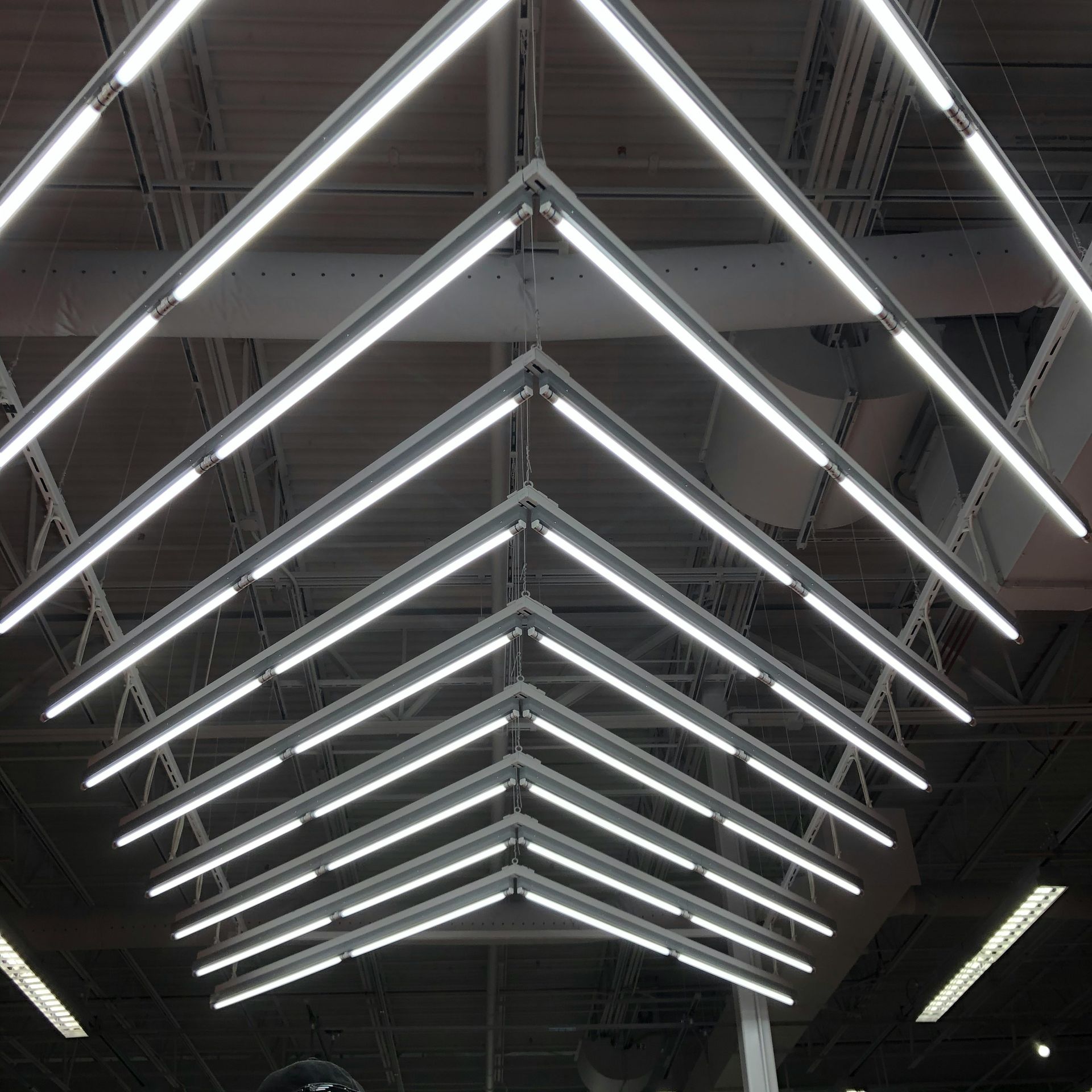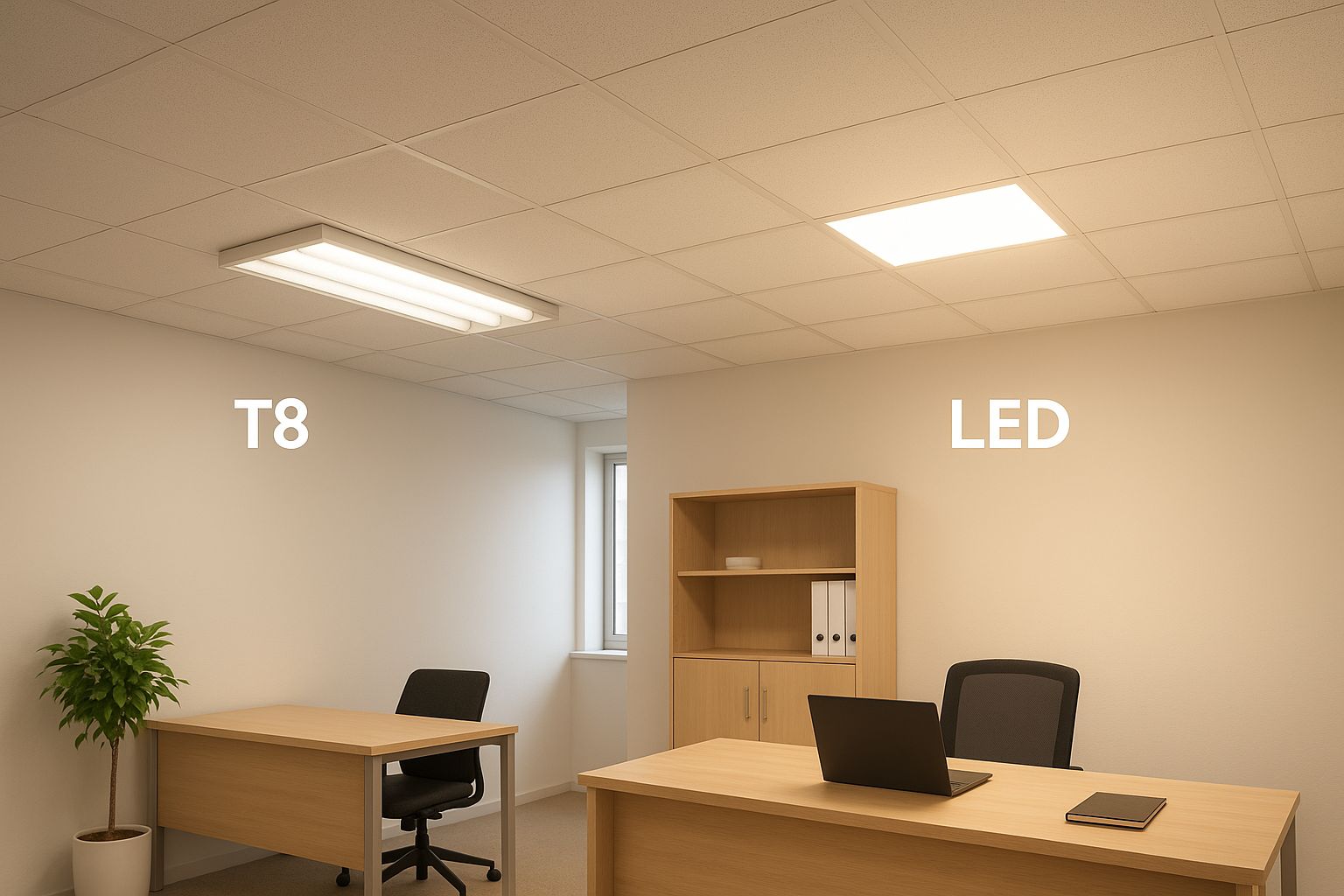Retrofitting? The What, Why, and How
April 5, 2024
LED Lighting Upgrade Options

LED Retrofit: This term refers to the process of upgrading existing lighting fixtures, bulbs, or components with newer, more efficient LED (Light Emitting Diode) technology. It’s not just about replacing bulbs; it also involves modifying existing light fixtures to accommodate the new LED technology. Here are some key points:
Why LED Lighting Retrofits?
- LED lights are rapidly replacing traditional lighting technologies across various applications: Interior Lighting: Think office spaces, homes, and commercial buildings.
- Exterior Lighting: From streetlights to parking lots.
- The shift to LEDs is driven by several factors:
- Energy Efficiency: LEDs consume less energy, resulting in cost savings.
- Reduced Operating Costs: Lower maintenance costs (both parts and labor).
- Improved Lighting Quality: LEDs offer better illumination.
Considerations During an LED Retrofit:
- Fixtures vs. Luminaires: Fixtures refer to the housing or casing that holds the light source.
- Luminaires are the complete lighting units (including bulbs).
- Dimming Compatibility: LED dimmers are essential for controlling LED lights.
- Traditional dimming hardware may not work with LEDs.
Examples of LED Retrofits and Their Results:
- Building Exterior Lighting:63% reduction in energy costs.
- Annual maintenance cost reduction of $7,486.
- Rebates of $1,880 for converting to LEDs.
- Parking Lot Lighting:78% reduction in energy costs.
- Annual maintenance cost reduction.
- Parking Garage Lighting:66% reduction in energy costs.
- Annual maintenance cost reduction.
- Sports Facility Lighting:70% reduction in energy costs.
- Annual maintenance cost reduction.
Remember, LED retrofits not only save energy but also enhance the quality of illumination. So, if you’re considering an upgrade, LEDs are the way to go!




